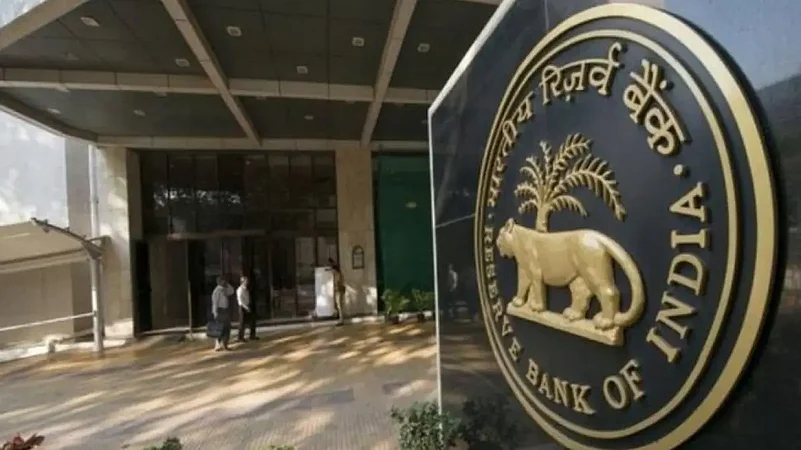Defending the surprise unanimous pause in the April policy after a steep 250 bps hikes in six consecutive steps since May 2022, an RBI paper sees "enough early signs of disinflation firming up into a central tendency" -- meaning going forward, more monetary policy actions may not be warranted.
According to a paper by Michael Debabrata Patra -- the deputy governor heading the monetary policy department and also a member of the MPC -- and his department colleagues Joice John and Asish Thomas George, persistence and inflationary trends are on the decline, suggesting that inflation expectations are slowly getting re-anchored as policy actions and stance are gaining traction and have started showing demand restraining influences.
Blaming the high inflation of the recent past, especially in the first half of the past fiscal, to the succession of supply shocks first arising from the pandemic and then the Russian invasion of Ukraine in late February 2022, the paper, which is the opinion of the authors and not of the RBI, said this has transited the economy to a high inflation regime.
"There are enough conditions right for early signs of disinflation to firm up into a central tendency. Also, inflation persistence and trend are on the decline, suggesting that inflation expectations are slowly getting re-anchored as policy actions and stance are gaining traction and have started showing demand restraining influences," the authors said.
Our measure of cyclically sensitive inflation remains persistently lower than cyclical inflation even after the incidence of the shocks, indicating the absence of demand-pull in the transition to the new regime. In the transition, inflation exhibited persistence and an upshift in its trend. Alongside, the volatility of both trend and cyclical components surged. Taken together, these results point to inflation expectations breaking loose from the anchoring that had occurred during 2016-19, the article said.
The authors defended the massive six hikes since Macy 2022 to the tune of 250 bps, thus whacking up the call money rate by 320 bps -- which is the operating target of policy stance, saying that in hindsight would show that monetary policy action was warranted to restore credibility and re-anchor expectations.
"This also justifies the effective increase of 3.2 percentage points in the weighted average call money rate, which is the operating target of monetary policy, between March 2022 and March 2023, they argued.
This also underlines the importance of monetary policy being preemptive, when the risk of a transition to a high inflation regime increases, and that delaying the policy response will warrant more forceful actions inevitably, with implications for the sacrifice of growth.
Noting that the pandemic-induced supply shocks have increased the total variance of headline CPI inflation as well as covariance among inflation in its sub-groups, they argue that this has translated into evidence that in the high inflation regime, there has been a generalisation of price pressures spread across many sub-groups, experiencing more co-movement of high inflation than normally seen.
"This is a clearer call for monetary policy action to quell inflationary pressures and contain their broad-basing. Again, the monetary policy actions and stance of the Reserve Bank through 2022-23 are validated," the authors underline.
The paper went on to argue that there is a rising probability since the second half of FY23 that the economy is transiting away from the high regime. And the monetary policy action will be to wait and watch (which the RBI-MPC did on April 6 wherein it surprised the market with a pause), while guiding inflation towards the imminent onset of a low inflation regime.
Their optimism comes from the declining covariance in the individual sub-groups in the inflation basket, despite being volatile. "This suggests that generalisation or broad-basing of inflationary pressures is on the ebb and increasingly localised price movements are influencing headline inflation.
"This calls for fine-tuning measures to align demand and supply of specific goods and services, which lies outside the realm of monetary policy but are being undertaken on an ongoing basis to head off potential price pressures from getting deep-seated," the authors said.
They conclude that additional evidence that inflationary pressures are easing is found in the decline in the month-on-month momentum of core inflation, reinforcing empirical support for a low inflation regime ahead of us from the proposition that headline inflation will inevitably converge to its core.
The only dissonant note is that the cyclically sensitive inflation measure is increasing, indicating that demand-pull is increasingly gaining traction.





















.jpg?w=200&auto=format%2Ccompress&fit=max)




